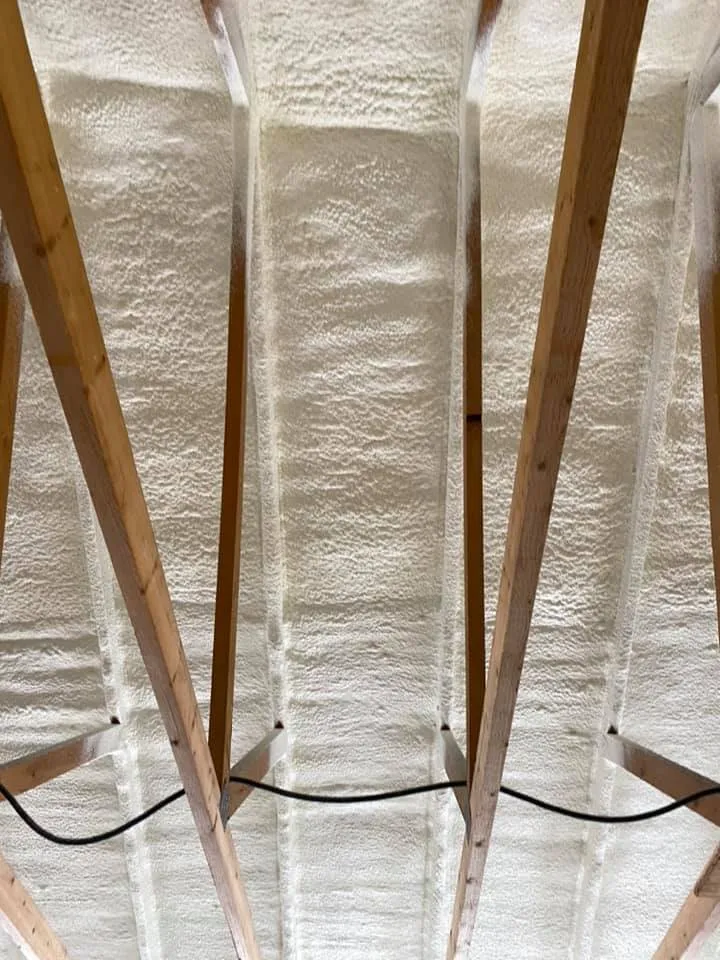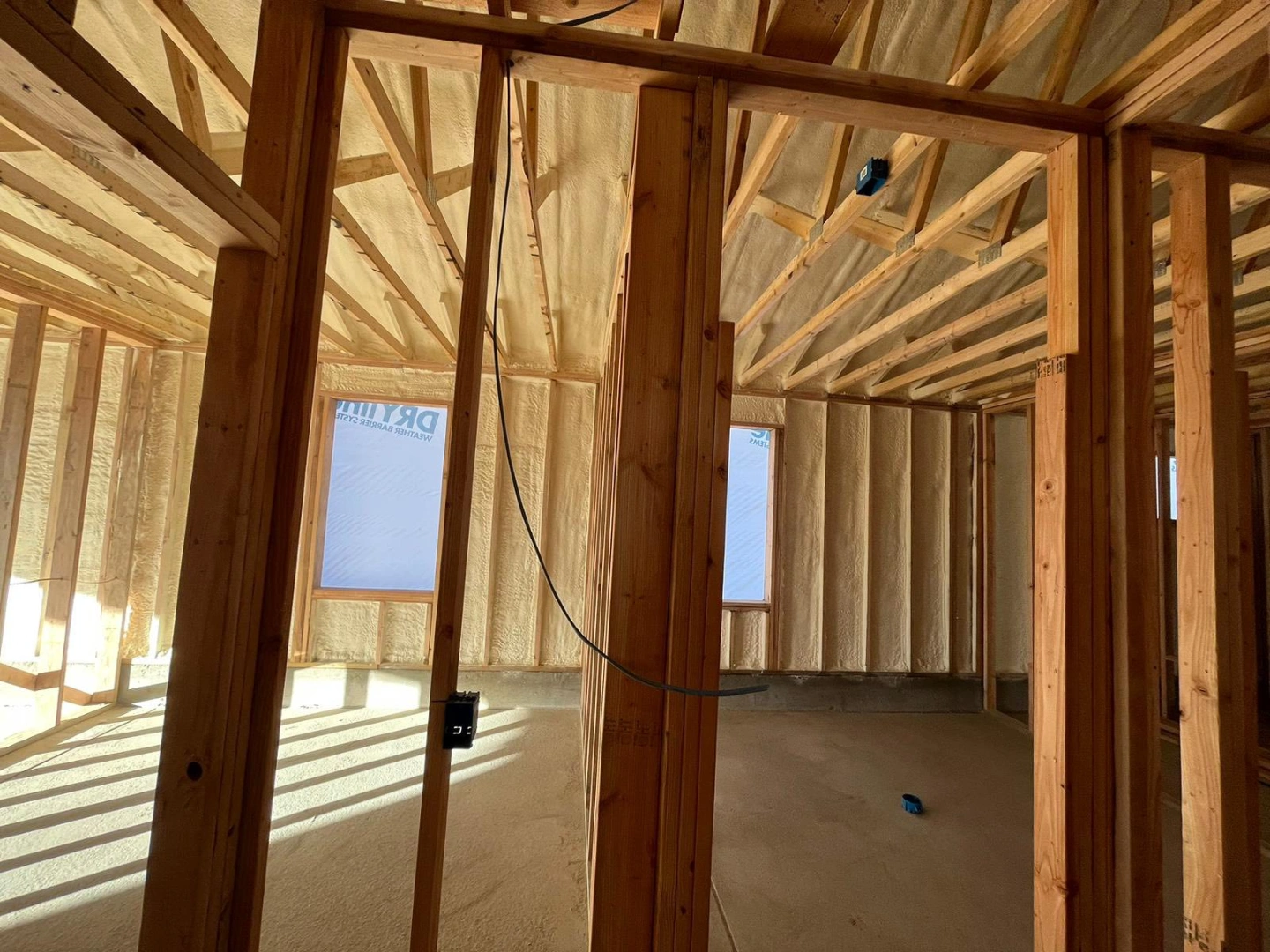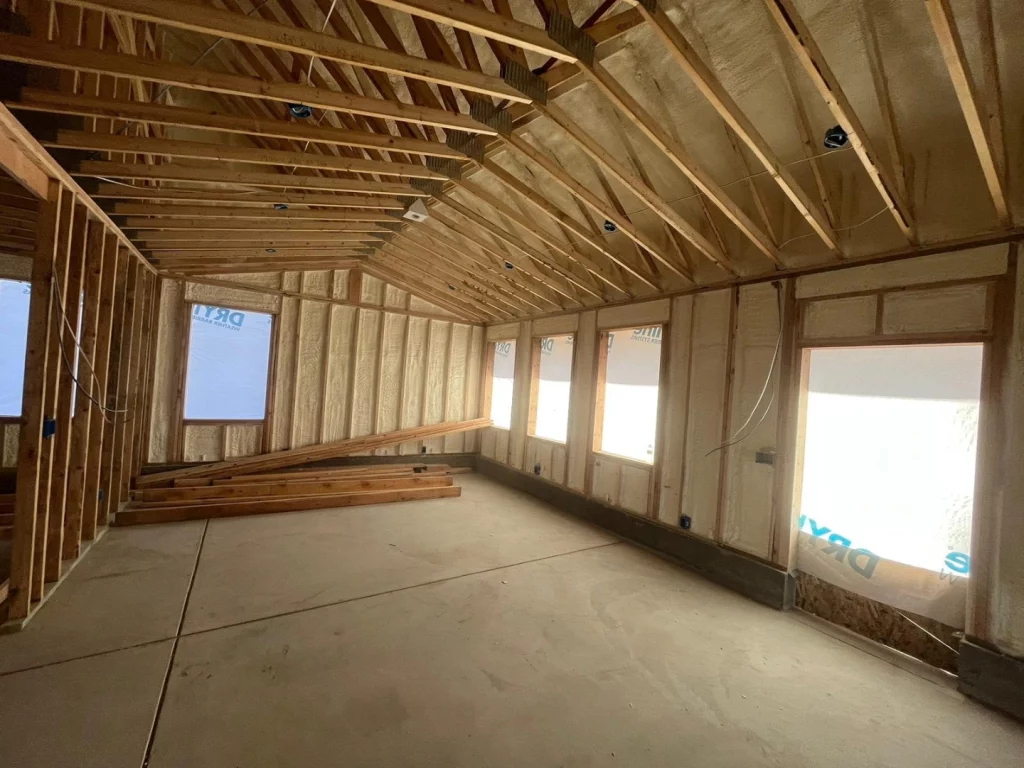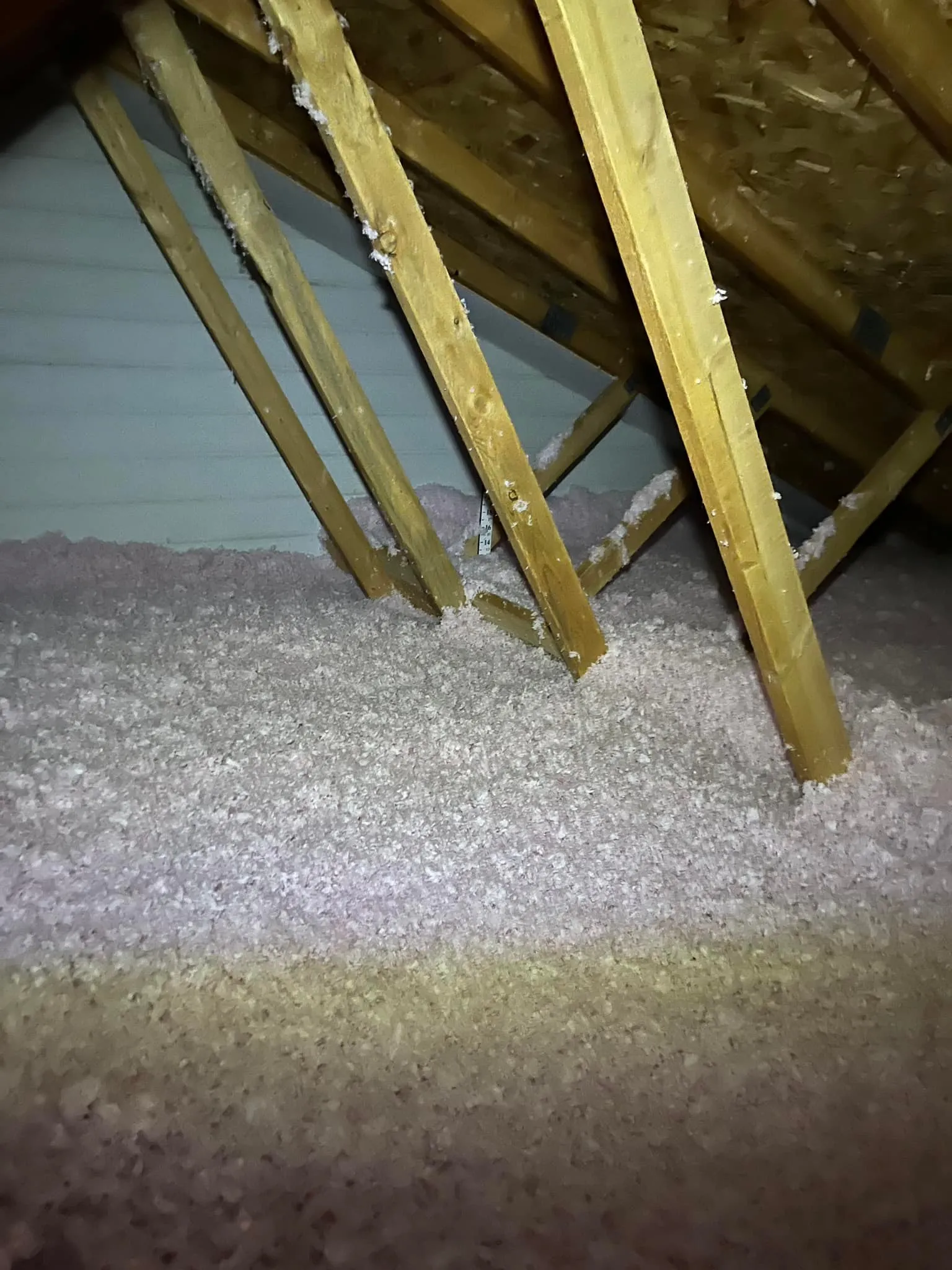

Spray foam insulation is a highly effective material for reducing unwanted noise in a home. Its ability to create a complete air seal stops airborne sound waves from passing through walls, floors, and ceilings. Different types of spray foam work in distinct ways; open-cell foam absorbs sound waves, while the denser closed-cell foam blocks them. This dual function makes it a superior choice for creating quieter, more peaceful living spaces compared to traditional insulation materials that often leave gaps and cracks for sound to travel through.
This article provides a detailed examination of how spray foam reduces sound, highlights the key differences between the primary types, and discusses its most effective applications. The information presented is based on extensive field experience and a comprehensive understanding of modern building science. You will learn how sound travels, how insulation is measured for acoustic performance, and what to consider before choosing this solution for your home.
To understand how spray foam works, it’s helpful to know the two primary types of noise that affect a home: airborne and structure-borne.
Spray foam insulation primarily targets airborne noise by creating an airtight barrier. When sprayed into a cavity, it expands to fill every crack and crevice, leaving no path for air, and therefore sound, to leak through.
Open-cell spray foam has a soft, sponge-like texture that is excellent at absorbing sound waves, converting them into a tiny amount of heat. This makes it ideal for interior walls between rooms, media rooms, and home offices. Closed-cell spray foam is rigid and dense. While it also provides an air seal, its density helps to block sound transmission and adds structural integrity to the wall assembly.
The demand for effective sound control is growing. A report from Research and Markets projects the global acoustic insulation market will continue to expand significantly, driven by residential construction and the desire for more comfortable living environments.
Choosing between open-cell and closed-cell foam depends on the specific sound issue you’re trying to solve, the location, and your budget. Open-cell is generally the preferred option for sound absorption on interior walls, while closed-cell offers a balance of thermal, air, moisture, and sound control for exterior walls.
Here’s a direct comparison of their acoustic properties:
| Feature | Open-Cell Spray Foam | Closed-Cell Spray Foam |
|---|---|---|
| Primary Sound Function | Sound Absorption | Sound Blocking |
| Density | Low (approx. 0.5 lb/ft³) | High (approx. 2.0 lb/ft³) |
| Structure | Soft, flexible cells | Rigid, dense cells |
| Best For | Interior walls, ceilings, home theaters | Exterior walls, floors, areas needing a vapor barrier |
| Cost | Lower | Higher |
Bonus Tip: For rooms requiring maximum sound isolation, like a recording studio or home theater, combining spray foam with other materials can be very effective. Using spray foam within the wall cavity, followed by resilient channels and a layer of mass-loaded vinyl before installing the drywall, creates a formidable sound barrier.
The effectiveness of a material at controlling sound is measured using two standard ratings: STC and NRC. The U.S. Department of Energy Energy Saver guide explains that these ratings help consumers compare how well different materials reduce sound transmission.
Open-cell spray foam has an excellent NRC, typically around 0.70, meaning it absorbs 70% of the sound that strikes it. According to the Spray Polyurethane Foam Alliance, a wall assembly with spray foam can achieve STC ratings of 50 or higher, which makes loud speech in an adjacent room completely inaudible.
Spray foam can be strategically applied in various parts of a home to address specific noise problems.
Applying open-cell spray foam in the cavities of interior walls and the joist bays between floors drastically reduces sound transfer between rooms. This is especially useful for bedrooms, bathrooms, laundry rooms, and home offices where privacy and quiet are desired.
For an immersive audio experience, it’s just as important to keep sound in as it is to keep noise out. Open-cell foam’s sound-absorbing qualities prevent echoes and improve the clarity of the sound system within the room while stopping that sound from disturbing the rest of the house.
Using closed-cell spray foam in exterior walls creates a solid barrier against outside noise from traffic, lawnmowers, airplanes, and neighbors. Its air-sealing property is the key factor here, stopping sound from finding its way into the home through small pathways.
Bonus Tip: Sound can travel through any opening. After insulating walls, be sure to use a low-expansion canned spray foam to seal gaps around window frames, door frames, and any penetrations for pipes or wiring. This small step ensures the acoustic barrier is complete.

Before committing to spray foam insulation for sound control, think about the following factors:
Spray foam insulation offers a powerful solution for reducing unwanted noise. Sealing air leaks and either absorbing or blocking sound waves it helps create a quieter and more comfortable home environment. Both open-cell and closed-cell foams have unique acoustic advantages, making them adaptable to different needs, from isolating a home theater to blocking street noise.
Before moving forward, carefully evaluate your specific noise issues, the construction of your home, and your overall budget. A well-planned application can deliver lasting peace.
Understanding the right approach to sound dampening requires expertise. For a thorough evaluation of your home’s specific needs, contact a professional. You can reach out to High Country Solutions by phone at (307) 248-9063 or by email at [email protected] to discuss your project.
Spray foam is generally superior to fiberglass for sound control because it creates a complete air seal. Fiberglass batts can sag over time and often have gaps around outlets and wiring, allowing sound to pass through. Spray foam fills every space, eliminating these weak points.
Spray foam can help reduce airborne noise (like voices or a TV) coming through a floor, but it is less effective against structure-borne noise like footsteps (impact noise). To address impact noise, you need to decouple the floor from the ceiling using resilient channels or install a dense underlayment beneath the flooring material.
While most professional-grade spray foam products have similar chemical compositions, there can be slight differences in density and cell structure that may affect acoustic performance. However, the quality of the installation is a much more important factor than the specific brand used.
Yes, thickness matters. A thicker application of spray foam will provide better sound reduction. For interior walls, filling the entire stud cavity (typically 3.5 inches) with open-cell foam is standard practice for effective sound control.


